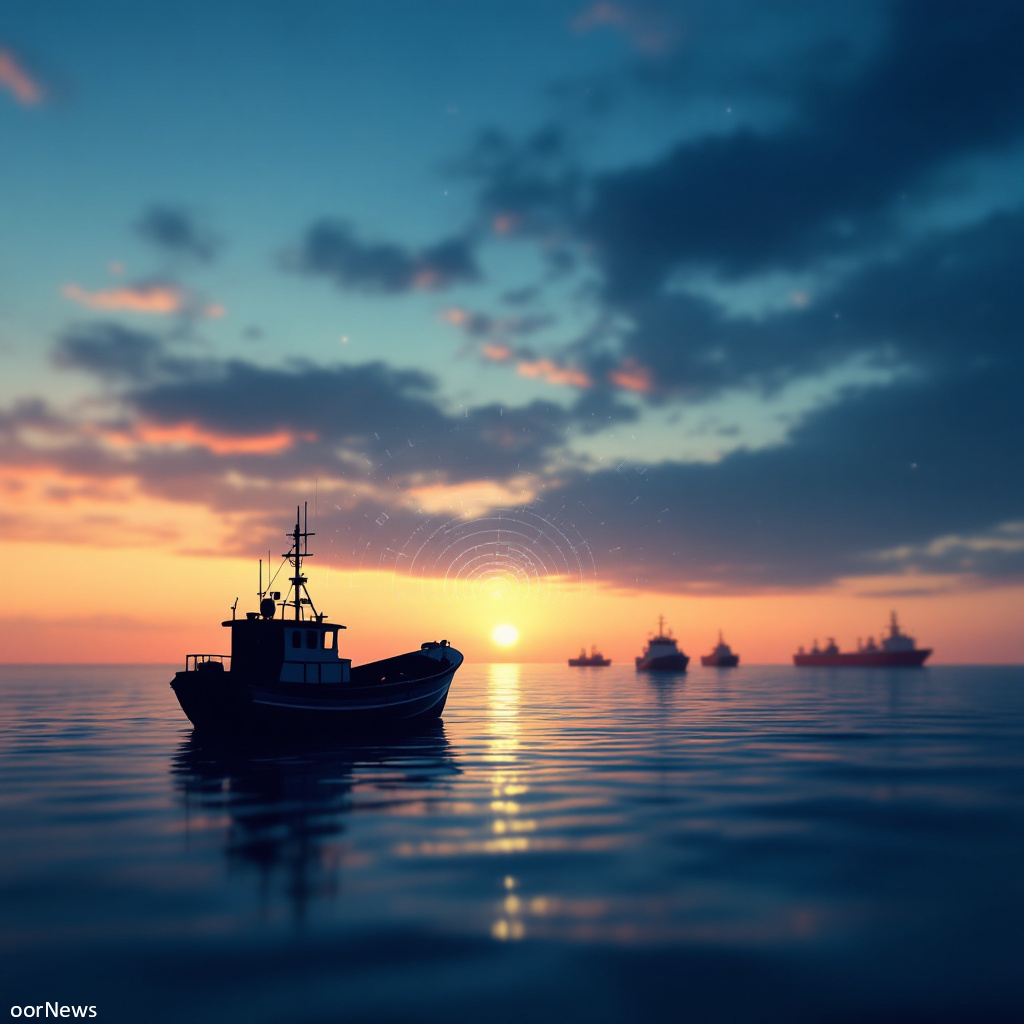Your cart is currently empty!

New Scottish Study Reveals Over Half of Coastal Vessels Go Untracked

Researchers from Heriot-Watt University have found that more than half of the vessels operating in Scotland’s coastal waters are missed by standard tracking systems. The study shows that only 43% of ships within 10 km of the coast broadcast an Automatic Identification System (AIS) signal—the common tool used worldwide to track ship movements.
Based on over 1,800 hours of land and sea observations between 2019 and 2024, the study covered nine of Scotland’s 11 marine areas and revealed significant regional and seasonal gaps. Most of the data was collected by citizen experts from groups such as Whale and Dolphin Conservation Shorewatch in Shetland, the Hebridean Whale and Dolphin Trust, and the Community of Arran Seabed Trust using a standardized counting method.
“This data challenges the assumption that AIS accurately reflects coastal activity. In some regions, over 75% of vessel movements go unrecorded,” said Dr Emily Hague from Heriot-Watt’s School of Energy, Geoscience, Infrastructure and Society. In the Outer Hebrides, for example, only 20% of boats transmitted signals—even though tourism, fishing, and aquaculture are vital there—compared to 58% in the Orkney Islands. Alarmingly, in busy areas like the Forth and Tay ports, AIS data only captures 8% of the real traffic.
Most of the missing data comes from smaller craft such as under-15m fishing vessels, recreational boats, and jet skis, which are not required by law to carry AIS. Dr Hague noted, “Governments, conservation bodies, and researchers rely on AIS to model underwater noise pollution, collision risks for marine mammals, seabed damage, greenhouse gas emissions, and other climate impacts. If over half of inshore vessel movements are missing, these models could seriously underestimate the true impacts, leading to ineffective management and conservation policies.”
Dr Lauren McWhinnie emphasized the critical role of accurate data for protecting vital coastal habitats that support species like bottlenose dolphins, minke whales, and orcas. “Without comprehensive tracking, it’s challenging to assess and mitigate the threats these species face,” she said.
The researchers recommend supplementing AIS data with land-based surveys and citizen science, especially in regions where many vessels do not broadcast. “Ideally, even smaller vessels should use AIS. Better data will help coastal communities balance tourism and other activities with environmental sustainability, aid researchers and conservation groups in their work, and enable marine planners to implement more effective regulations,” said Dr McWhinnie.
Volunteer Carole Davis from WDC Shorewatch in Shetland added, “I’m proud to contribute to research that enhances our understanding of vessel impacts and highlights the importance of citizen science in marine research.”
Published in Marine Policy, the study calls for the use of correction factors tailored to local vessel types, regions, and seasons whenever AIS data is used to assess coastal impacts. “Scotland’s blue spaces are busier than ever, and without improved data, we’re essentially navigating blind when it comes to understanding potential risks,” concluded Dr Hague.
The findings represent a significant step toward better monitoring and safeguarding Scotland’s coastal waters, urging both policymakers and local communities to address these unseen risks.
Leave a Reply